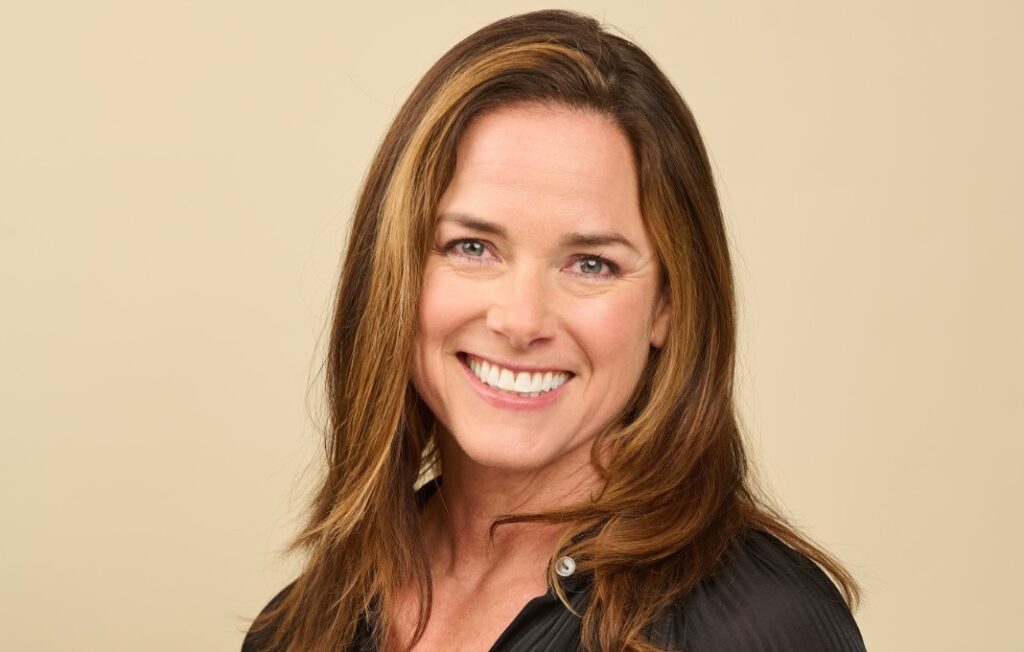The concept of team rituals comes from the sports world. Think pregame pep talks. The MVP awards. The road trip games. Even seemingly frivolous gestures have deeper meaning, intentionally working to strengthen team cohesion.
And just like many other sports analogies, team rituals have gradually migrated to the corporate world.
Today’s work teams are increasingly spread out and span multiple time zones and various cultures. This makes the rituals that bind your team and company together even more important to longevity and retention. With that in mind, we reached out to eight managers and leaders we know who are killing it and tapped their brains for their most beloved team rituals.
John Saito, senior product designer, Lattice
The design team at Lattice all take part in a “cooldown” every Friday to help unwind after a busy week and do something fun and unique. For example, one time the team created superhero versions of themselves and shared them with each other. Sometimes they’ll do cooldowns with other design teams like Airtable, Figma and Webflow, just to name a few.
“As human beings, we’re all multidimensional, so it’s fun to see the different sides of my teammates as we participate in these activities,” John says. The ritual has also encouraged him to be more creative in his work and envision new ways of working he hadn’t considered before. Here are the top three ways he feels this ritual impacts his team:
- Camaraderie: feeling more connected to each other
- Creativity: providing an outlet to unleash some creative energy
- Community: helping make connections outside of the immediate team
Amanda Natividad, marketing architect, SparkToro
On the other end of the spectrum, “Sometimes it’s best when policies aren’t official,” as Amanda once tweeted. The best rituals aren’t always formalized into your company wiki, even less so when your team is still in its infancy. Amanda was the first hire outside of the founding team, and when she joined cofounders Rand Fishkin and Casey Henry sent her a beautiful surprise welcome gift filled with Italian food items.
Later on when the team hit a big company milestone, she surprised them with a pair of Totoro rolling pins (you’ll have to ask Amanda what the inside joke is). Thus started an informal ritual around gift-giving.
With the SparkToro team, they all have a shared love language around gift-giving and that works really well to thoughtfully strengthen team bonds while working remotely. What could your team’s love language be?
Sean Broderick, head of product marketing, edesk
Tools can also be powerful ritual drivers. At edesk, Sean touts their use of 15Five to track team members’ weekly work and as a way for coworkers to give each other virtual high fives for great work or going the extra mile. In addition, the employees at edesk always use Slack as a hotbed for mutual appreciation and stories of people going above and beyond for customers.
And at the center of these two rituals is gratitude. At a time when more and more folks are rethinking their careers and changing roles it’s “the mutual appreciation of the current team that helps to galvanize everyone together,” Sean says.
Kasey Bayne, chief marketing officer, Pocketed Grant Platform
How much have your team rituals changed over the pandemic? From in-person to fully remote to hybrid, Kasey has worked across the full spectrum of environments and has a slew of rituals at her fingertips to help her teams meld. Here are a few of her favorites:
- Virtual welcome coffee: Send a $10 gift card to Starbucks (or another local favorite) ahead of time to new hires to make their welcome meetings special, especially since the company would usually pay for this on their first day if the team were in person.
- Weekly social: Each week a new team member leads the company or team in a fun activity. Past activities have included playing Among Us and Pictionary, and building Spotify playlists together.
- Surprise gifts: One of the benefits of working remotely is being home to receive all your packages. Congratulations on a new home, work anniversaries or even just to say thank you for a job well done can be the catalyst to sending a special little something to a colleague or direct report. Putting in the effort to choose something personal can mean a lot, and the gift doesn’t have to be expensive to be meaningful.
Claire Son, data science manager, Atlassian
While some companies have a hackathon day, the folks at Atlassian have Innovation Week. Each team can pick one week a quarter for this initiative and it’s up to the manager to run it.
And while you might be thinking that a whole week each quarter is a lot, Claire makes a conscious effort to prioritize this time for her team because it brings so much value. Having significant dedicated time away from the day-to-day lets her team focus on other goals like training, professional development or noodling on new, meaty projects. Giving her team space to act on their curiosity has led to exploratory work and interesting insights that they’ve then shared with others in the organization.
At the end of the week, each person presents their work back to the rest of the team. Then they write up a blog post together to share their findings with the whole company.
Corey Dilley, marketing manager, Article
While he was working at Unbounce, Corey led a team of marketers but took inspiration from the product side when it came to establishing team rituals. One that he still remembers fondly (first introduced by the CTO, Yosem Sweet) is Improvement Katas. An Improvement Kata is an activity originally created by Toyota to ensure the team is striving for continuous improvement in their processes.
Corey’s whole team met each morning with an impartial coach to review a big goal they set for themselves, the obstacles that were in their way and the next thing they were going to try to do to overcome those obstacles. Corey says, “It was an exercise in breaking large problems down into small bites and dedicating time to chewing a little every day. It was great for forcing us to get out of firefighting mode and dedicate time to meaningful progress. By making it a daily routine and holding each other accountable, progress toward your team’s goals was inevitable.”
Ivy Gordon, director of customer success, Thinkific
Stand-ups are great, but what worked when your team was 10 people doesn’t necessarily fly when your team is pushing 25. This ritual evolved upon recommendation from a member of Ivy’s team when they noticed that their regular stand-ups had gotten too large to be effective. Now, every quarter the team is divided into random pods of four to five people, and they meet twice a week for a 15-minute social stand-up, along with lunch together.
Other rituals that Ivy leverages include bi-monthly Zoom social events and a social-specific Slack channel separate from work talk. Ivy credits improving team connection as the biggest purpose behind her rituals. “I always think a team doesn’t feel like a team until they’ve had some inside jokes. It creates psychological safety so folks feel like they can speak up when it matters,” she says.
Justin Tsang, head of special projects, Clearbit
What do the first five or 10 minutes of your weekly team meetings look like? Is it always the same people who engage in small talk? Is most of what you know about your coworker the weather in their city? The marketing team at Clearbit starts their weekly meetings with something called “High/Lows,” sharing—you guessed it—personal or professional highs and lows of the week.
Justin praises this ritual as one of the best ways to connect with others on a more personal level, right behind one-on-ones and working closely together on a project. “We always laugh and smile during High/Lows. Even though we’re remote, we’re still humans, and we should laugh and enjoy each other’s company,” he says.
Onwards and upwards
Hopefully by now you’ve gotten plenty of inspiration to help guide your team forward in this new normal—and perhaps even create your own original rituals. So, go forth and connect with teammates, smash your biggest goals, let your curiosity guide you, and enjoy the journey.








